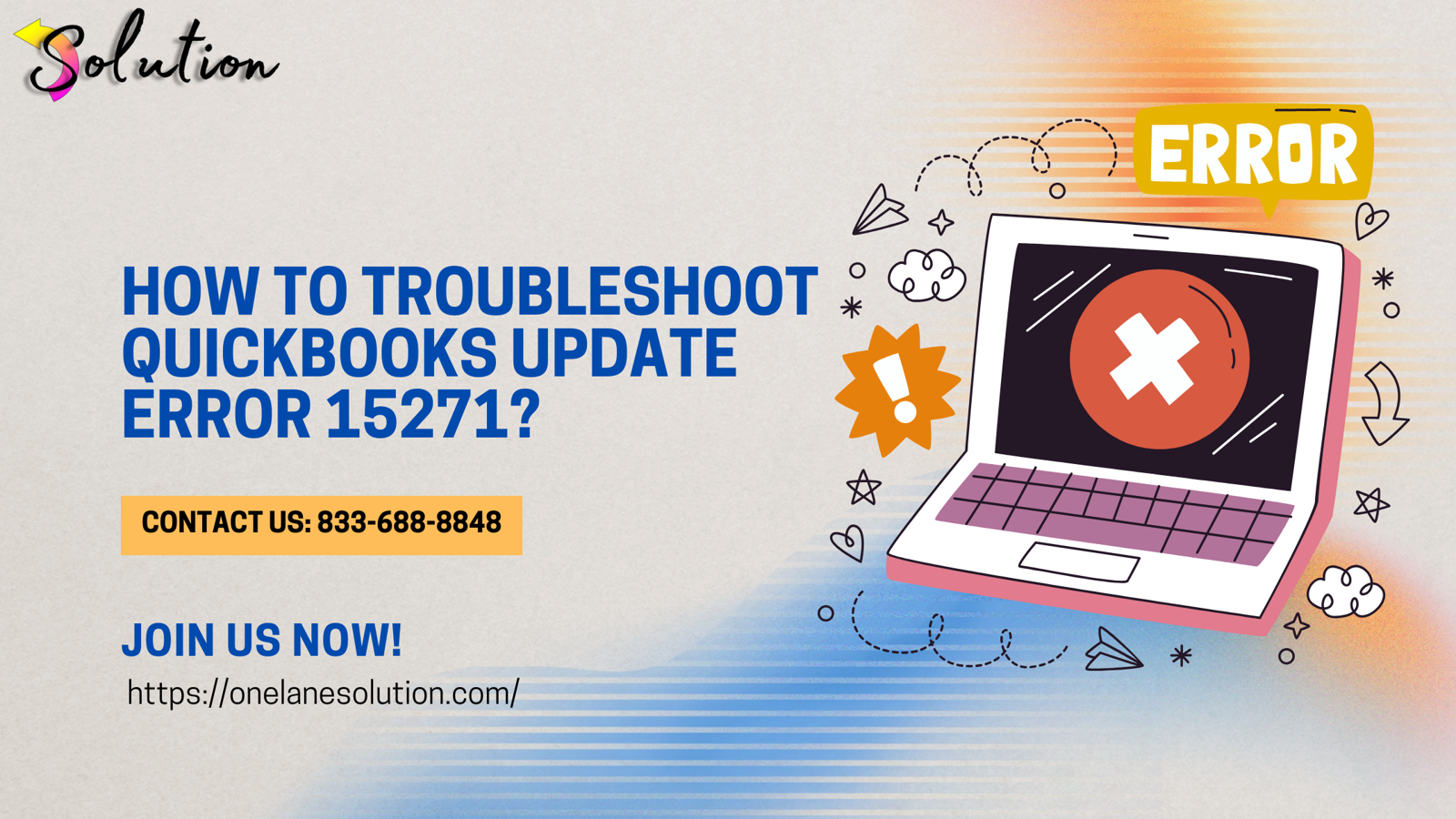
Losing important data in lost data in Sage—whether it's customer records, payroll information, or financial transactions—can feel like a major setback. But you’re not alone, and more importantly, you’re not helpless. Knowing why data gets lost in Sage is the first step toward preventing it and restoring what’s missing.
In this article, we’ll explore the most common reasons behind data loss in Sage and what practical steps you can take to recover lost data and protect it in the future.
🔍 Top Reasons Why Data Gets Lost in Sage
1. Accidental Deletion
This is one of the most common causes. A user might mistakenly delete a record, transaction, or even an entire company file.
🛠 What You Can Do:
Use the Audit Trail Report to identify deleted records
Manually re-enter lost entries
Limit access for non-admin users to prevent unintentional deletions
2. Corrupted Data Files
File corruption can happen due to improper shutdowns, hardware issues, or software bugs. When this occurs, Sage may be unable to open or read your company data.
🛠 What You Can Do:
Restore from a recent backup
Contact Sage Data Repair Services for help with file repair
Avoid forced shutdowns while Sage is running
3. Software or System Crashes
A crash during a save operation can result in partial or missing data. This usually happens after a power outage or system failure.
🛠 What You Can Do:
Use Sage’s AutoRecover feature
Install a UPS (uninterruptible power supply)
Keep your Sage software and system drivers updated
4. Failed Updates or Data Migrations
Updating Sage or moving data between versions without proper planning can sometimes cause records to disappear or be overwritten.
🛠 What You Can Do:
Always back up your data before making any major changes
Follow Sage’s official update guides
Perform migrations during off-hours and test after migration
5. Missing or Outdated Backups
Many users believe they have working backups—until they try to restore and realize the file is corrupted or months out of date.
🛠 What You Can Do:
Set up automated daily or weekly backups
Test your backups regularly
Save copies in multiple locations (e.g., cloud + local)
6. Malware or Ransomware Attacks
Cyber threats can encrypt, delete, or lock your data, making it impossible to access your Sage files.
🛠 What You Can Do:
Use strong antivirus and firewall protection
Store backups offline or in the cloud
Never pay ransoms—restore from a clean backup instead
7. Network or Server Issues (for Multi-User Environments)
If Sage is used on a shared network or server, any interruption in communication or permissions can lead to data not being saved properly.
🛠 What You Can Do:
Ensure your server is stable and properly maintained
Don’t allow multiple users to back up or change data simultaneously
Regularly check permissions and user access settings
✅ How to Protect Your Sage Data Moving Forward
Here’s a quick checklist to help prevent future data loss:
TaskWhy It Matters🔄 Automate backupsEnsures you always have a recent copy🧪 Test backups regularlyConfirms backups work when you need them🧱 Use antivirus & firewallsProtects from ransomware or malware⚡ Install a UPSPrevents loss during power outages👥 Set user permissionsMinimizes accidental changes or deletions☁️ Use cloud storageAdds an extra layer of backup security.
See Also: Contact in Sage Accounting
🧭 Final Thoughts
Losing data in Sage can be scary—but it doesn’t have to be a disaster. By understanding the why behind data loss and taking proactive steps, you can recover lost records and dramatically reduce the chances of it happening again.
















Write a comment ...